How often should I water seedlings? The experts share their tips for success
Seedlings need water to survive, but it's important to get the balance right
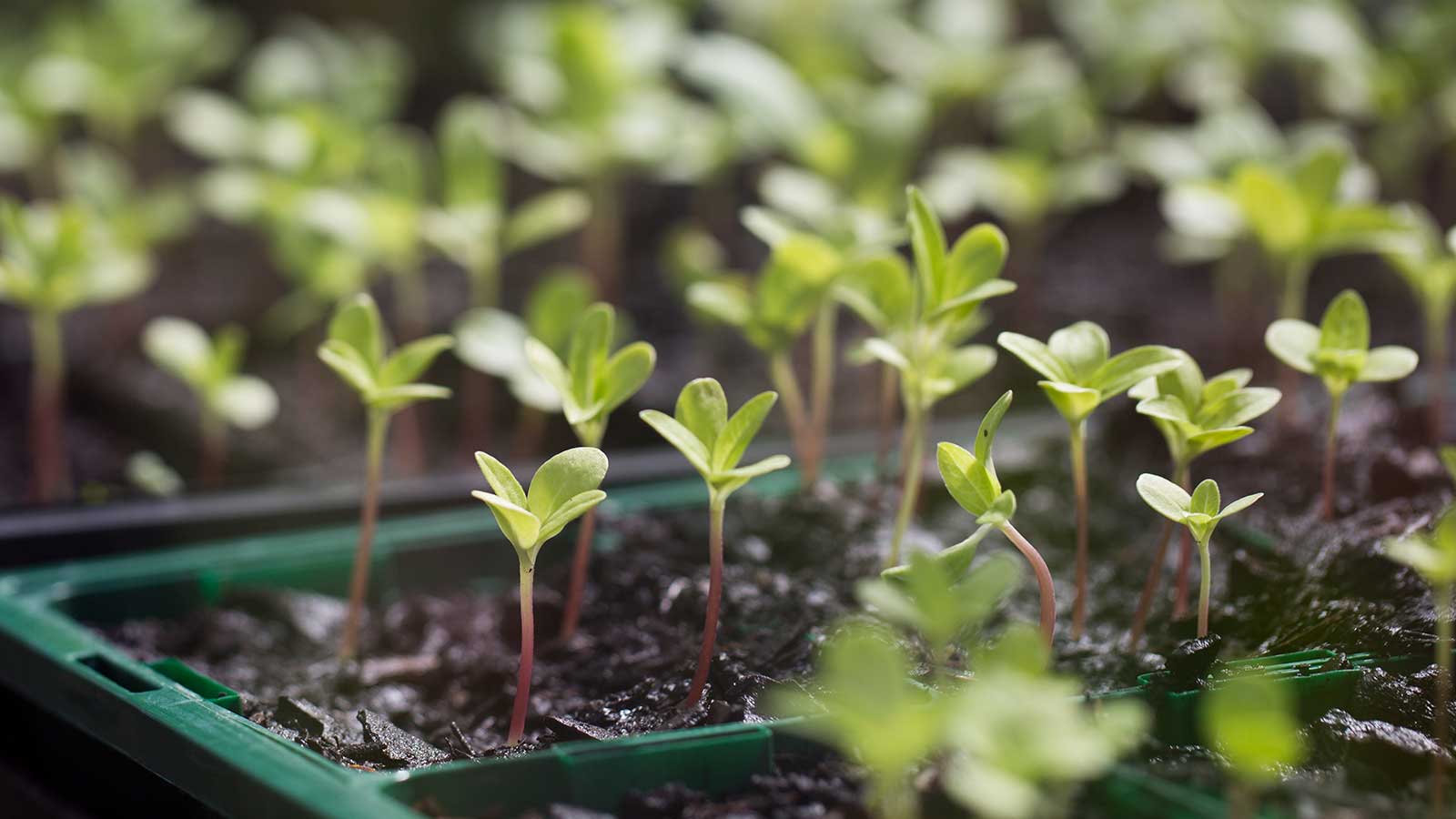

Q: I have recently planted lots of flower seeds in trays indoors, including sweet peas and cosmos. I'm relatively new to gardening and I'm not sure how often to water them – do you have any advice?
A: When starting flower seeds indoors (or any seeds, for that matter), hydration is crucial. However, seedlings are much more delicate than fully established plants. Giving them too much or too little water can cause all sorts of problems.
Meredith Bishop, a cut-flower grower from Bloom & Bounty, warns how overwatering can leach nutrients out of the potting medium, which can result in straggly, unhealthy seedlings. 'It also encourages fungal growth – more commonly known as "damping off" – which can wipe out an entire tray of young seedlings very quickly,' she adds.
'On the opposite end of the spectrum, letting the soil completely dry out between waterings will send the young plants into shock, most often resulting in quick demise,' Meredith continues. So, getting the balance right is absolutely essential.

Seedlings need the right amount of water to thrive

Meredith Bishop is an heirloom cut-flower grower in urban Nashville, TN. She operates a design studio called Bloom & Bounty with her organically-grown flowers, and enjoys writing, speaking, and leading all manner of gardening workshops.
Watering seedlings – when and how to do it, according to the experts
The following advice will help you germinate your seedlings correctly, and avoid some common seed sowing mistakes.
How often to water seedlings
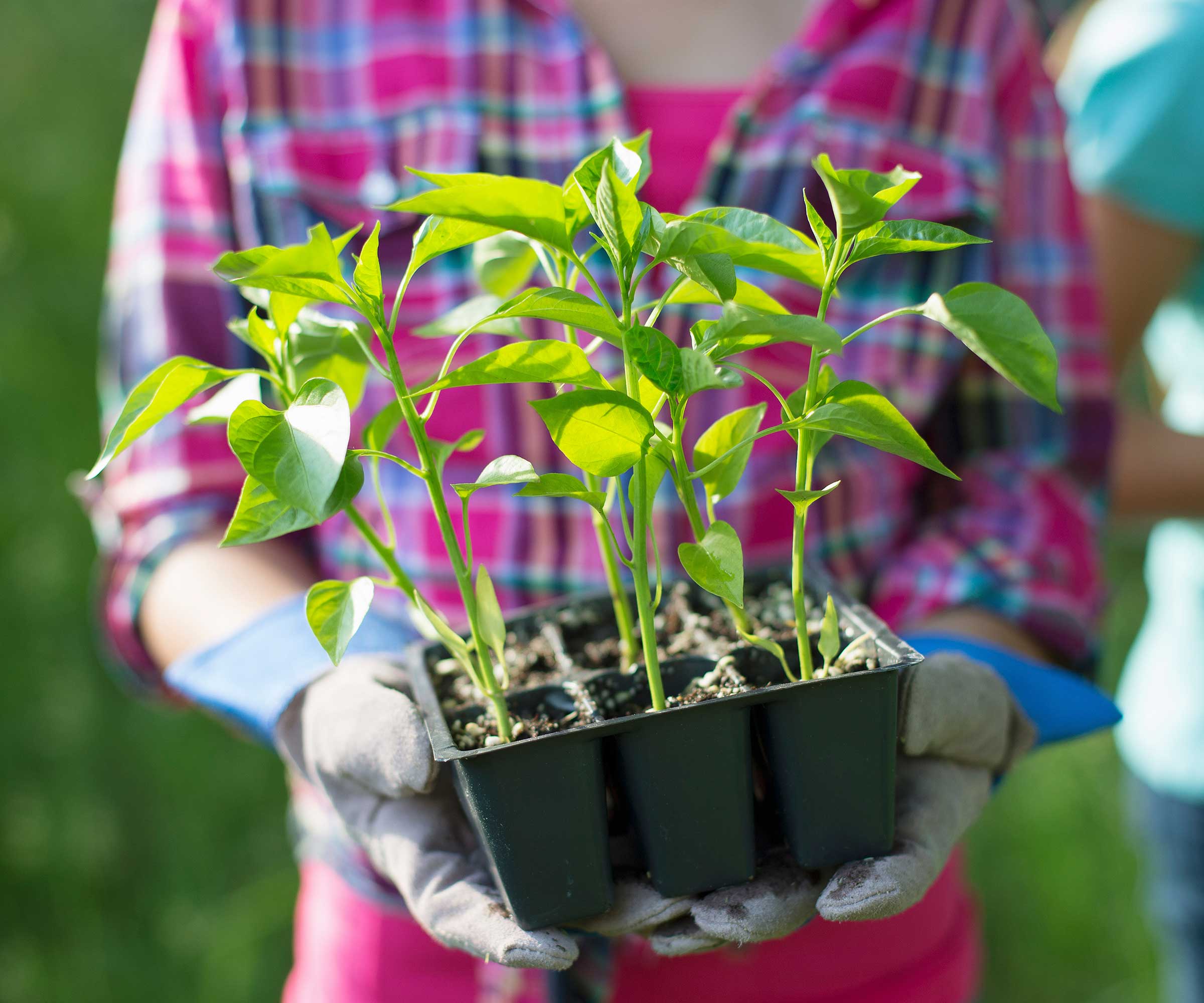
Avoid allowing your seedlings to dry out
Rebecca Sears, a gardening expert from Ferry-Morse, notes how seedlings need consistent water to get established. Because of this, she recommends checking on them daily.
'You can determine if your seedlings are ready to be watered by viewing the top of the soil,' she says. 'If it looks dry or crusty, the plants need water. If you’re unsure, dip your finger into the soil to check if the soil feels dry.'
If you live somewhere with very low humidity, you may want to water your seedlings twice a day, notes Anna Ohler, the owner of Bright Lane Gardens.

As CMO and resident green thumb for the Green Garden family of brands, Rebecca Sears nurtures the company's heritage but also looks to develop new products and solutions to help gardeners of all skill levels fuel their passion and become more successful in the garden. Rebecca has been gardening from coast to coast, first realizing her passion while living in Portland, Oregon, inspired by the public gardens throughout the city. When she relocated to the northeast, she built upon her knowledge and craft, and now her backyard garden grows larger each year.
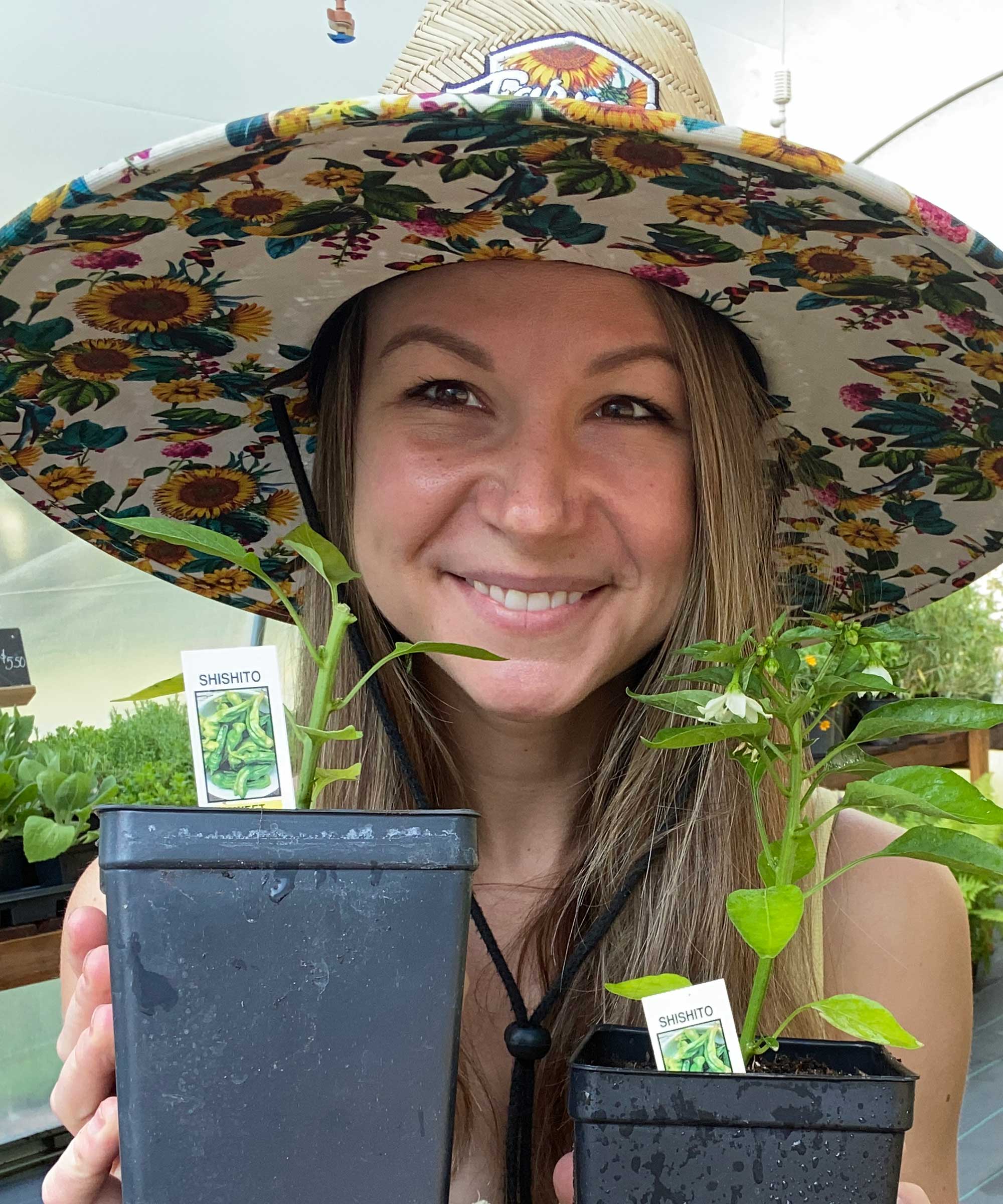
Anna is an avid plant hobbyist and the owner and operator of Bright Lane Gardens, a boutique plant nursery in Northern Michigan. With over a decade of experience in gardening and landscaping, she takes every opportunity to share her knowledge on all things plant-related. She also runs the company's YouTube channel, which is full of practical advice.
How to water seedlings
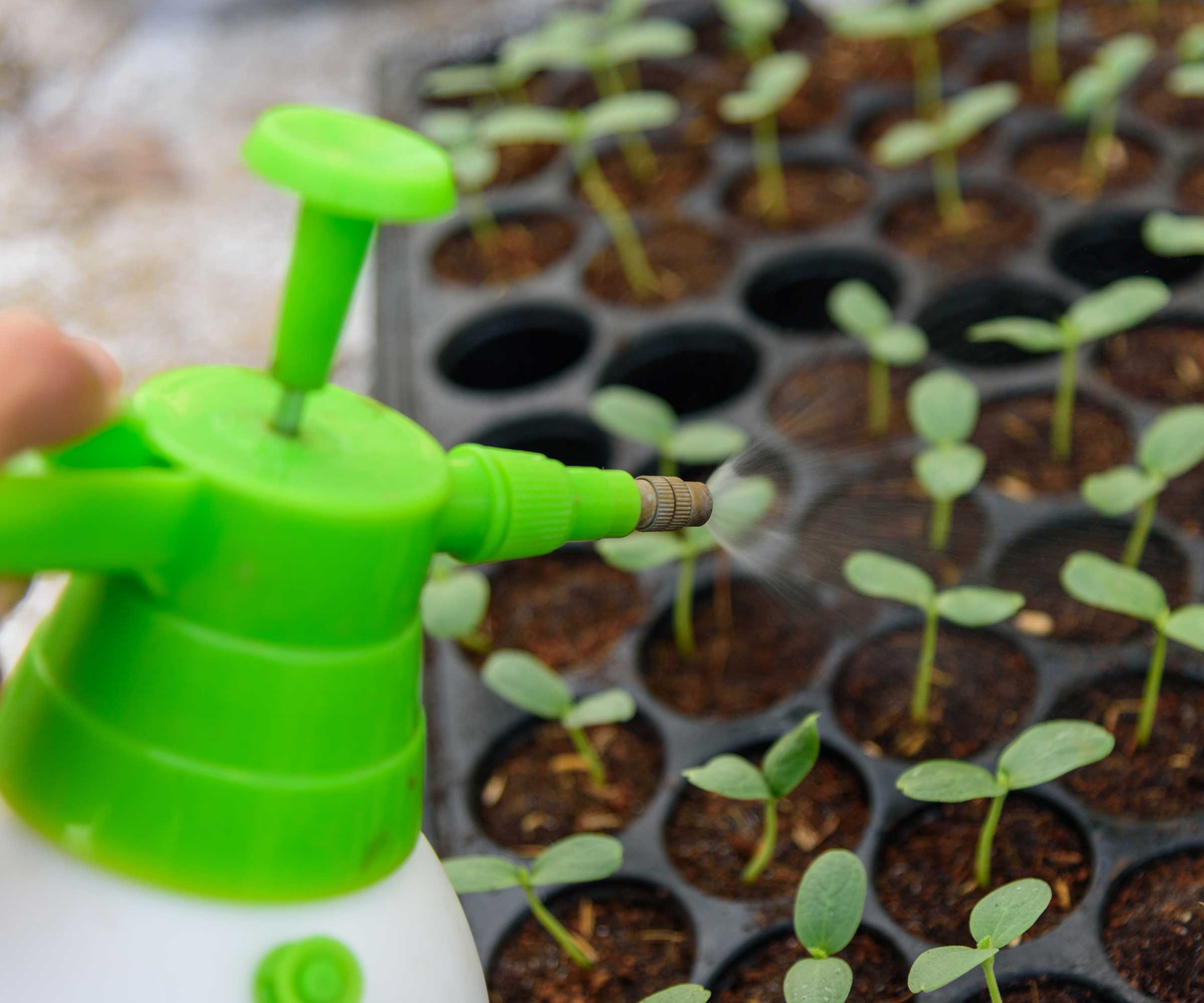
Spray your seedlings with a fine mist of water
'Water until the soil is moist but not soggy,' advises Rebecca. 'Newly germinated seeds require more water as they work to establish strong root systems, but they shouldn’t sit in standing water.'
One way to water your seedlings is to use a spray bottle. 'Look for a spray bottle that has a "mist" or "spray" option,' says Anna. 'You do not want to use a stream or jet function, as this could shoot your seeds right out of your dirt.' She suggests lightly spraying the top of the seedlings in the morning, completely covering the surface of the soil.
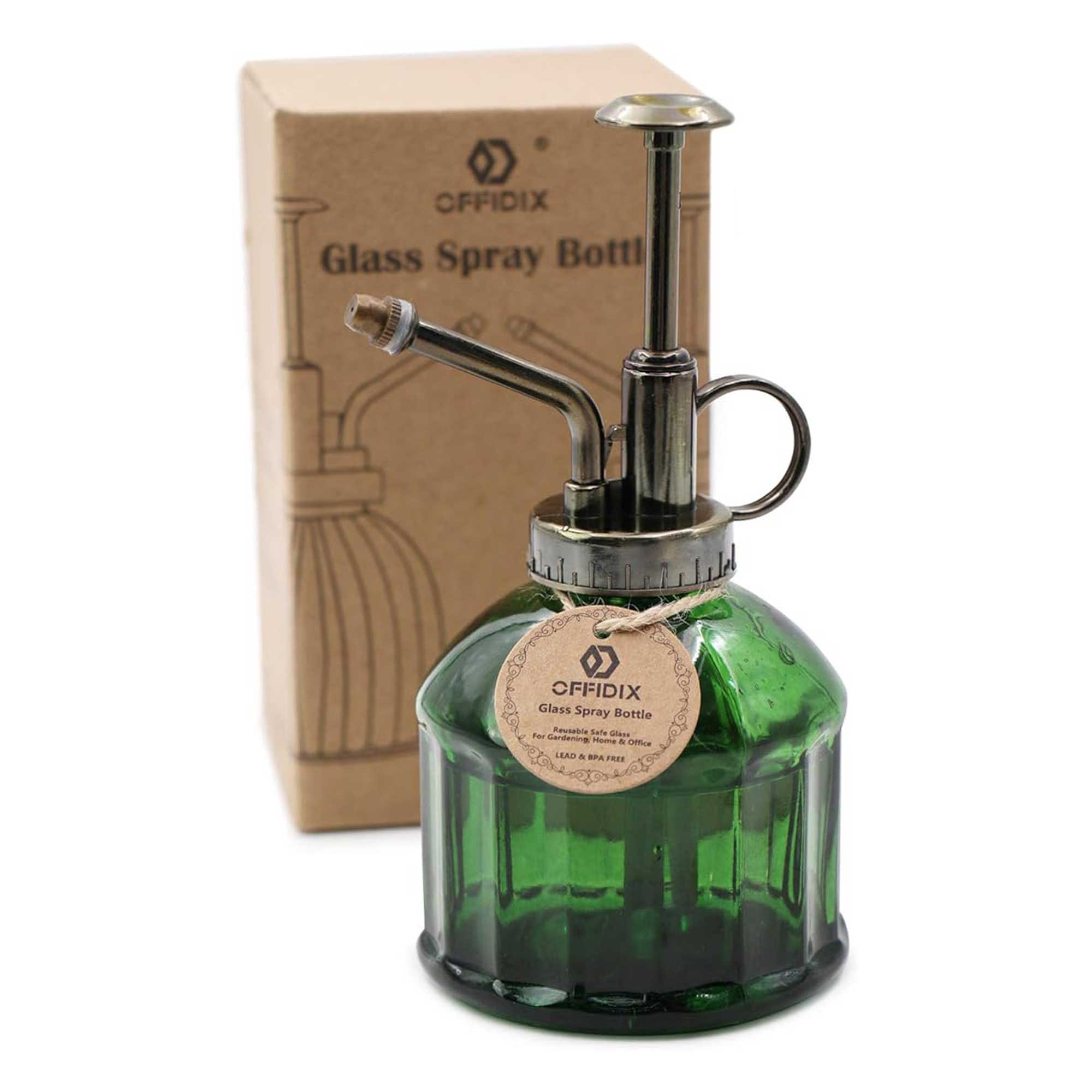
This pretty and budget-friendly mister will help keep your seedlings hydrated – and it can be used to keep your humidity-loving houseplants happy, too. There are five colors to choose from, but we particularly love the dark green.
'You can also opt for a self-watering seed starting kit [available from Ferry-Morse] that uses a wicking mat to provide the correct amount of water for your new seedlings,' Rebecca says.
Alternatively, you can bottom water your seedlings. 'This does not mean setting a tray in inches of water and walking away,' says Meredith. Instead, allow the seedling tray to absorb water from the drainage holes, just until the top of the soil is moist, she instructs. 'At that point, you should remove the seedlings from the tray of water to ensure that mold or fungus doesn't have a chance to develop.'
Anna says, 'If you see mold growth on any seedlings, remove those seedlings and the surrounding soil from your tray.' If you're using a humidity dome over your seeds, increase its ventilation (many have adjustable holes at the top), or remove it for a few hours each day to increase airflow, she advises.
Top tip: Using the right soil for your seeds is also important. 'Always grow seedlings in a well-draining seed starting mix which is specially developed to provide the right balance between moisture and root aeration,' Rebecca says. 'If the soil and pot drain well, there is less risk of overwatering.'
FAQs
Should you water the soil before sowing seedlings?
Nastya Vasylchyshyna, a resident botany expert at Plantum, says, 'Yes, it’s best to water the soil evenly and let it get absorbed a bit before sowing. This way, the soil will become a bit more compacted, and the seeds can be secured at the needed depth.
'If you place them in the soil and then water, it will push the seeds deeper (especially if they’re small), which may weaken them or prevent root formation.'

Nastya is a professional botany expert for the Plantum app that helps identify plants and plant diseases and provides care recommendations. Her specialization is plant morphology, phytopathology, and plant physiology.
What water should you use to water seedlings?
'Make sure the water is soft,' recommends Nastya, who suggests using rainwater or filtered water. 'It should be slightly warmer than room temperature, around 77–86ºFarenheit.'
How should you water outdoor seedlings?
'Young seedlings that are growing outdoors can be a bit trickier to keep adequately watered, as growing conditions are much more intense in the natural environment,' Meredith says.
She highlights how evaporation rates are higher outdoors. 'Also, you should take stock of your soil quality – sandy soil tends to hold less water than clay, which means watering should take place more frequently.'
Just like with indoor seedlings, you can use your finger to check if the soil is dry and needs watering. A slow, sustained trickle of water is most effective at reaching the root zone of outdoor seedlings, rather than a quick, heavy splash, Meredith says.
Alternatively, Rebecca suggests using an irrigation system (available from Ferry-Morse), on a timer to ensure outdoor seedlings receive consistent water.
Watering isn't the only factor that you'll need to get right when raising seeds into beautiful new plants. It's a good idea to get the lowdown on how to fertilize seedlings, too. And, don't forget to harden your seedlings off when moving them from indoors to your backyard.
Sign up to the Homes & Gardens newsletter
Design expertise in your inbox – from inspiring decorating ideas and beautiful celebrity homes to practical gardening advice and shopping round-ups.

Holly started writing about gardening five years ago, and she is a regular contributor to Homes & Gardens. She has also written many gardening features for Woman & Home and Real Homes, too. She has previous experience as a professional gardener, where she helped to plant and maintain private gardens. Holly has also looked after allotment plots over the years and loves to grow her own flowers and veggies from seed. In her spare time, she enjoys visiting local gardens, botanical drawing, and tending to her ever-growing collection of houseplants.
-
 I gave the ‘try-for-five’ method a go in my small home – it's a brilliantly easy way to beat chore procrastination in seconds
I gave the ‘try-for-five’ method a go in my small home – it's a brilliantly easy way to beat chore procrastination in secondsThis method is great for those with executive dysfunction
By Chiana Dickson Published
-
 Josh Brolin’s maximalist living room: love it or hate it? Our readers were split, but where do you stand on this memorabilia-packed space?
Josh Brolin’s maximalist living room: love it or hate it? Our readers were split, but where do you stand on this memorabilia-packed space?Maximalism has a way of dividing opinions among design aficionados, and few spaces are quite as decisive as the actor's unique, yellow living room
By Megan Slack Published